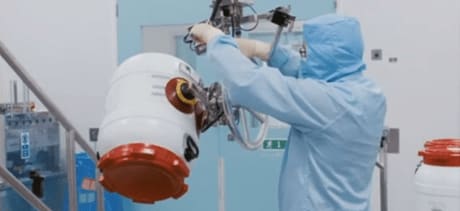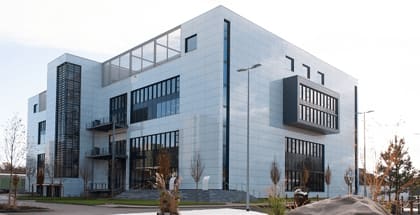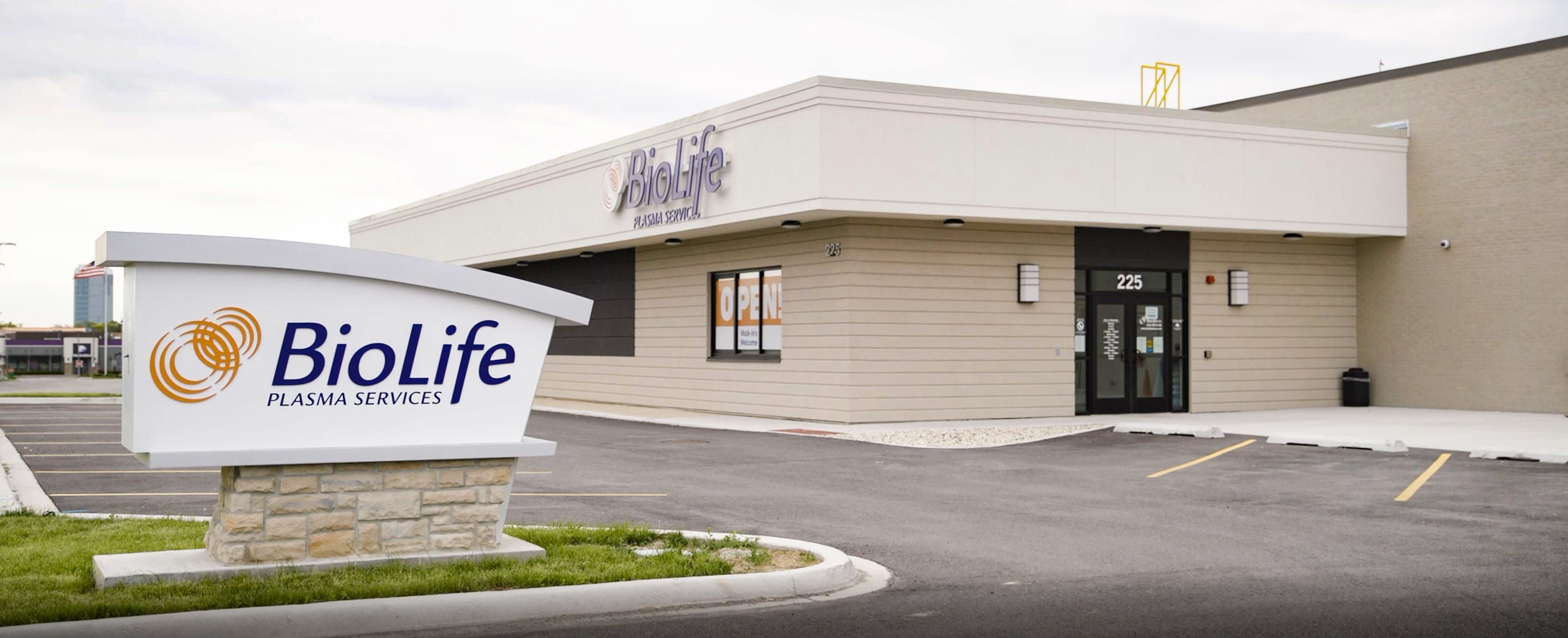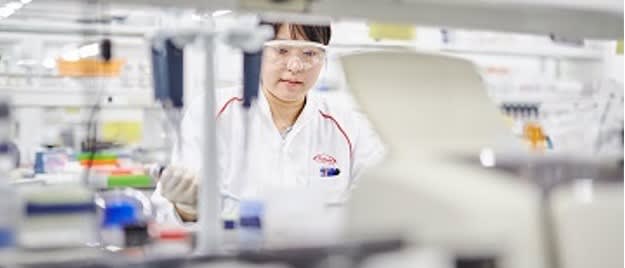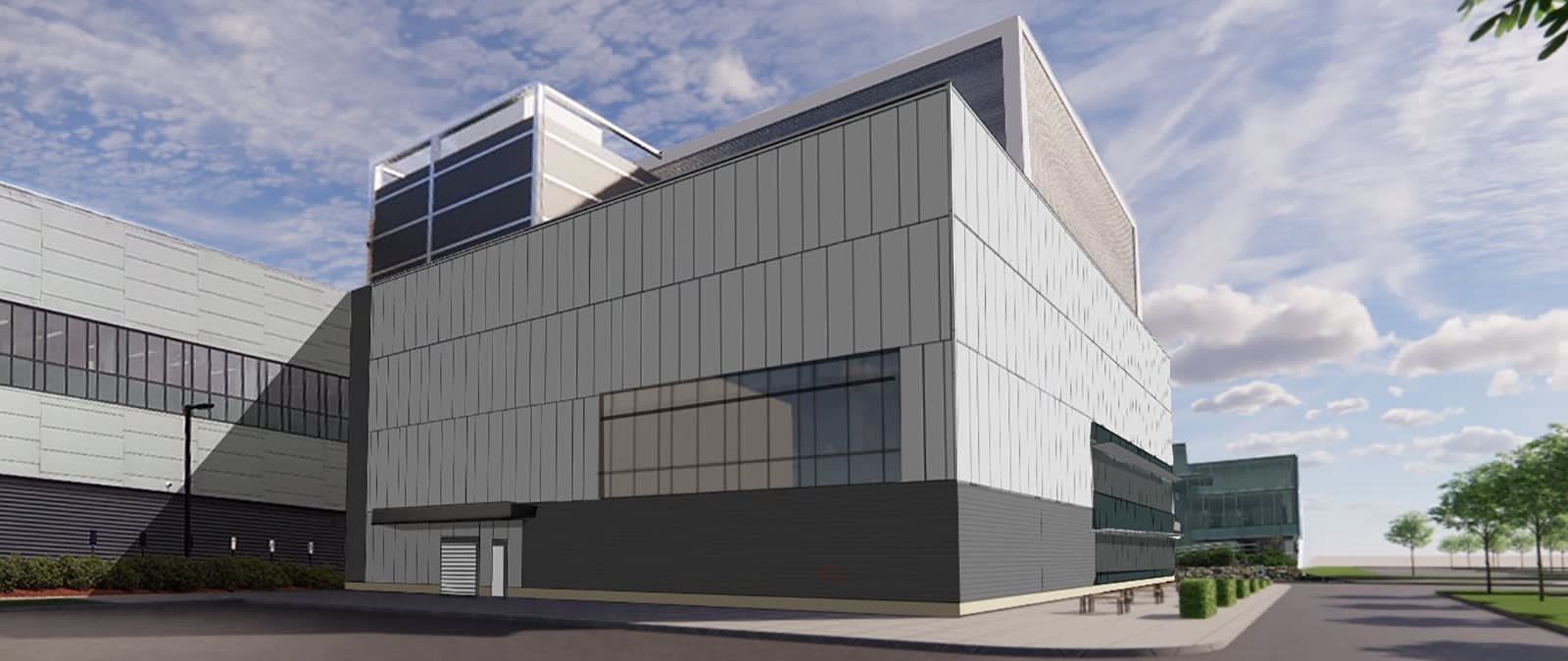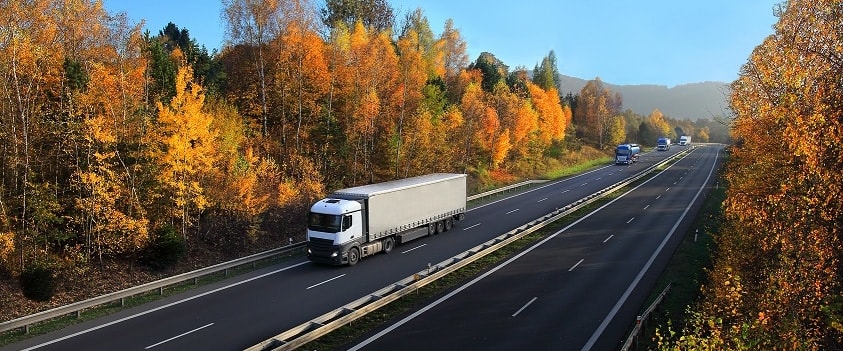Protecting our Planet - Decarbonization | Takeda Pharmaceuticals
Protecting our planet: Decarbonizing

CAPS: Climate Action Program at Sites
CAPS is our integrated GHG and waste reduction and water conservation program. CAPS teams engage with site leaders and project sponsors to make sure that the environment is an integral consideration as they make investment decisions, manage projects and plan how they will reduce and ultimately eliminate GHG emissions and other environmental impacts like freshwater use at their facilities.
CAPS uses a proprietary digital platform to accommodate the transparent tracking, trending and forecasting of GHG emission reduction across our facilities as we progress toward site and company goals. The CAPS program also enables knowledge and best practice sharing via internal social media and libraries. Through the program, our 30+ manufacturing plants, three main R&D sites and our BioLife plasma collection centers have already made significant progress.
How we work with our suppliers
Our site operations make up approximately 15% of our GHG footprint. The rest can be attributed to our value chain outside of our corporate boundaries. Our procurement and EHS teams are working with key suppliers to help them establish science-based carbon reduction goals, and to take additional actions to reduce their emissions in line with these targets. This is critical, as we will only be able to reach our GHG emissions reduction goal through partnering with, influencing and supporting our suppliers to reduce their own emissions.
Singen’s efforts to reduce energy consumption
Our Singen manufacturing site in Germany produces the equivalent of approximately 10,000 metric tons of CO2 emissions each year. This means a reduction of 4,000 to approximately 6,000 metric tons is needed by 2025 if we are to meet our goals. With this in mind, many activities are under way to reduce energy consumption. Heat recovery, LED lighting, emission-free cooling systems and combined heat and power generation are now standard. Double-glazed windows were replaced with triple-glazed windows to improve insulation which also has an impact on CO2 emission reduction. The site has been procuring renewable electricity since 2012 and installed solar system on site in 2021. To further reduce CO2 emissions a facility to generate energy from biomass is currently under construction and will be in operation by 2024.
Visualizing energy usage to change behavior in Osaka
Our Juso manufacturing site in Osaka, Japan, has developed a digital dashboard called “Denske,” meaning “revealing electricity usage” in Japanese. The Business Excellence and Engineering Utility teams developed the dashboard to enable easy access for all employees. The dashboard shows energy usage and associated GHG emissions for each building. This allows employees at the plant to see the impact of their actions to promote energy efficient behavior.
Singapore manufacturing site - our first positive energy building
Our commitment to environmentally sustainable operations is at the heart of our approach to capital projects. Our new manufacturing support building at our Singapore production site opened in 2022 and is our first positive energy building. The building received a local certificate -“PLATINUM POSITIVE ENERGY”- based on the Green Mark for New Non-Residential Buildings (GM NRB: 2015) and issued by the Building and Construction Authority (BCA). A comprehensive The building design includes a low heat gain façade.
On the double-glazed window panels, the team applied films coated with polyethylene terephthalate (PET), a thermoplastic polymer which allows natural light transmittance but has infrared & UV rejection to enhance the thermal comfort for the occupants without compromising on daylighting. A hybrid AC system and a set of climatic machine learning algorithm are used to operate the buildings indoor climate, e.g. Internet of Climate (IOC) for consideration of outdoor weather. This is one of the essentials of last mile energy savings to reduce energy demand. In addition, solar photovoltaic panels are covering 1,600 square meters.
BioLife opening all-electric plasma donation centers
Since 2021, all newly opened BioLife plasma donation centers have become all-electric. All new centers will benefit from the virtual power purchase agreement signed in 2022 covering all our U.S. operations including BioLife.
Setting a new standard for construction
Reopened in 2021, environmental sustainability was a key driver when planning and designing the renovation of our 12-story building at 500 Kendall Street in Cambridge, Massachusetts, U.S. We added new features, including new water efficient fixtures and natural materials, including locally sourced wood. The building exceeds all environmental requirements for the city of Cambridge. And to support GHG emission reductions, the offices use efficient LED lighting, combined with occupancy sensors and daylight dimming. “Green steam” from the nearby combined heat and power (CHP) plant is used for heating and cooling. The steam is produced primarily from waste heat generated by the natural gas turbines that produce electricity, so the GHG emissions are much lower than they would be from a conventional boiler.
Chilled water is created on-site from an absorption chiller – a technology only viable when there’s a close, abundant heat source such as the CHP plant. And PV panels on the roof mean solar energy offsets some of the power needs. What’s more, the mechanical systems are designed with a “night set-back,” which automatically reverts to energy-saving mode when the building is unoccupied. Demand control ventilation adjusts the amount of outside air up or down, based on occupancy. These complement an open office plan that promotes collaboration, enhances workplace flexibility and infuses the space with natural daylight to improve sustainability and wellness that are already in place.
Capital projects set new standard for construction: Lexington, U.S.
At our campus in Lexington, Massachusetts, U.S., we opened our cell therapy manufacturing facility in 2021. The 38,000 square-foot building design incorporates solar panels, heat recovery pumps, electric boilers and energy efficient equipment, and it eliminates the need for additional fossil fuel-burning equipment. We also put in place a site utilities master plan to guide our roadmap to carbon net-zero before 2035.
Distribution & logistics initiative reduces carbon footprint
To reduce our logistic footprint and carbon emissions, we simplified our distribution flows through our regional distribution center network across Europe. We reduced the number of distribution centers from 53 to only 31. In energy savings, this reduction is equivalent to powering 3,131 houses for a year. We also managed to increase our truck load fill from 60 to 85%, reducing the need for 250 trucks. This simplification process led to over 10% reduction of GHG emissions (20,000 tonnes CO2), which is equivalent to running 5.4 wind turbines for a year.
We also improved our sea vs. air freight ratio to 47.5% avoiding 42,000 tons of GHG emissions for our entire Takeda portfolio in 2022.

